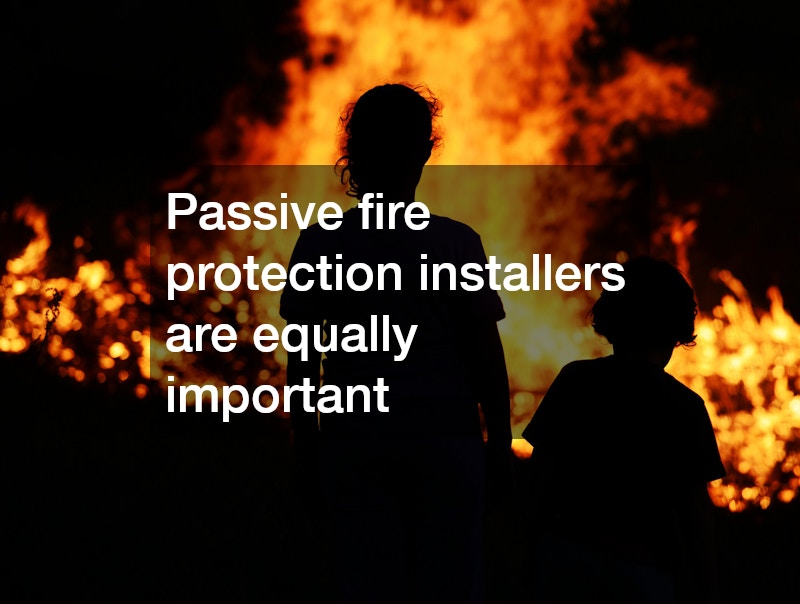
Understanding special hazard systems is crucial for comprehensive fire protection in the realm of building safety. These systems and the work of a fire protection team are designed to address unique risks that standard fire protection methods might not cover. Taking the time to understand hazard systems is essential for property owners who want to protect their investments.
Various types of fire protection systems are available to safeguard different environments. These include sprinklers, gaseous suppression, and foam systems, each tailored to specific needs and risks. The expertise of fire protection specialists is vital in selecting and installing the appropriate system for any given scenario. They assess the unique challenges of each site and recommend solutions that provide optimal protection.

Passive fire protection installers are equally important, focusing on measures that prevent the spread of fire within a building. This includes fire-resistant walls, doors, and sealants that work to contain fires, allowing occupants more time to evacuate safely and minimizing damage. Their work is crucial in ensuring the safety of building occupants. Combining the efforts of active and passive fire protection measures creates a robust defense against fire hazards.
The collaboration between fire protection specialists and passive fire protection installers is not just important; it is essential. It ensures a comprehensive approach to fire safety, protecting lives and property from the devastating effects of fire.


Did you know that a new house fire begins once every 10 seconds in the United States? Worse, these fires can blaze to outrageous proportions in as little as 30 seconds. That is, unless the home is employing passive fire protection.
According to the fire protection handbook, there are two different kinds of fire suppression systems: active and passive. When most people think about fire suppression equipment, they’re thinking about active fire protection. This type is designed to either alert those in the nearby vicinity of the dangers or to extinguish the flames as quickly as possible. Equipment like smoke alarms, sprinkler systems, and fire extinguishers are all examples of active fire protection.
Passive fire protection products on the other hand are designed to limit or restrict the area to which a fire can spread. It’s particularly important, as it gives those in danger a chance to safely evacuate. It also limits the amount of structural and physical damage that fires do.
Fire dampers, fire stops, and fire doors are each an example of a passive fire protection product. Fire dampers are used in HVAC systems to keep smoke and fire from spreading through ductwork. Fire stops are put around doors, ducts, ceilings, and wall joints, and are made out of a special material called intumescent, which swells when its exposed to dangerous heat. Fire doors are used to impede the spread of smoke and fire from room to room. As you can see, each of these is an example of a passive fire protection product, since they’re all designed to restrict the area of damage.
However, the most common passive fire protection products are the numerous kinds of flame-retardant building materials, like dry wall and concrete. Dry wall contains gypsum, a plaster with a high water content that will release vapor if exposed to high temperature, effectively slowing the rate at which the dry wall burns. Concrete doesn’t burn, which, in addition to its high integral strength and durability, is why it’s such an important and common building material.
If you’re considering making any improvements, you may want to consider incorporating a passive fire protection system in your home. While it won’t put the fire out, it will give you and your family the necessary time you all need to get out safely. If you have any questions about passive fire protection, feel free to ask in the comments. Get more info here: www.piperfire.com